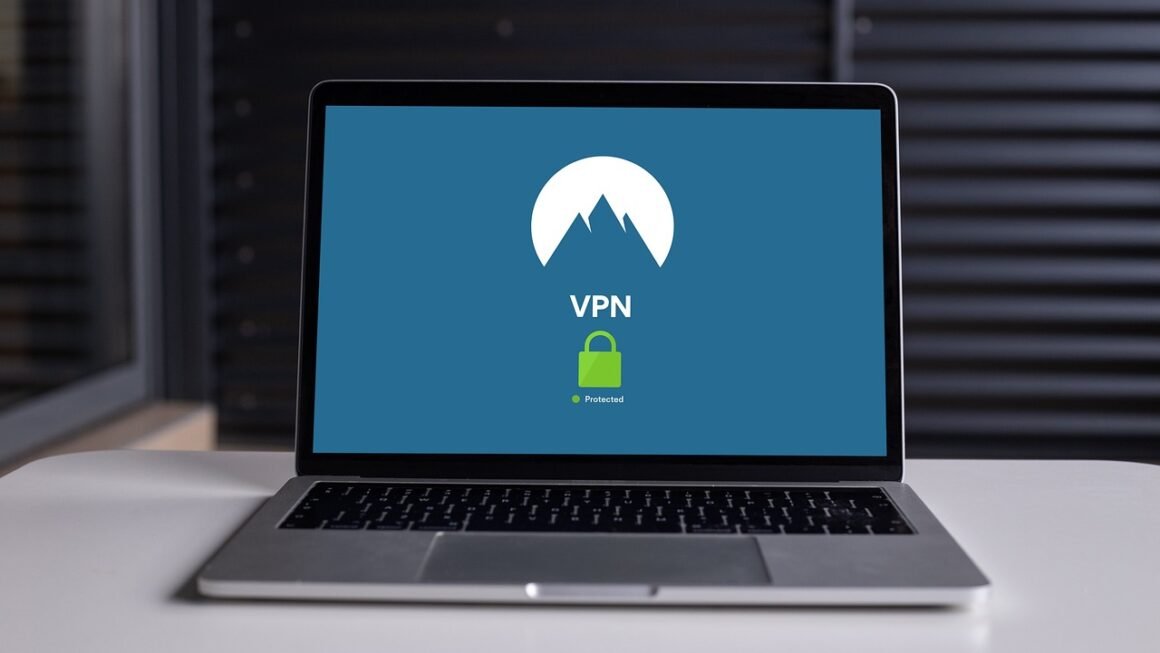Imagine waking up to discover your company’s website is down, customer data is compromised, or your internal systems are locked by ransomware. Panic ensues. What you do next is critical. A well-defined and practiced incident response plan is the difference between a manageable setback and a business-crippling disaster. This post will guide you through creating and implementing a robust incident response strategy to minimize damage and get back to business as quickly as possible.
What is Incident Response?
Incident response is the structured approach an organization takes to address and manage the aftermath of a security breach or cyberattack. It’s not just about fixing the immediate problem; it’s a comprehensive process encompassing identification, containment, eradication, recovery, and post-incident activities. Think of it as a fire drill for your digital infrastructure.
Key Goals of Incident Response
- Minimize Damage: The primary goal is to limit the impact of the incident on the organization’s operations, reputation, and finances.
- Restore Operations: Get systems back online and resume normal business functions as quickly as possible.
- Prevent Recurrence: Identify the root cause of the incident and implement measures to prevent similar incidents from happening again.
- Maintain Compliance: Adhere to relevant legal and regulatory requirements (e.g., GDPR, HIPAA) throughout the process.
- Protect Reputation: Manage communication effectively to maintain trust with customers, partners, and stakeholders.
Why Incident Response is Critical
According to IBM’s Cost of a Data Breach Report 2023, the global average cost of a data breach reached $4.45 million. A swift and effective incident response can significantly reduce these costs and mitigate the long-term effects of a security incident. Without a plan, you’re essentially improvising under pressure, leading to mistakes, delays, and increased damage. A well-defined incident response plan provides a clear roadmap for responding to security events, ensuring a coordinated and efficient approach.
Building Your Incident Response Plan
Developing a comprehensive incident response plan is a multi-stage process. Here’s a breakdown of the essential steps:
1. Preparation
This is the foundation of your incident response capabilities. It involves establishing policies, procedures, and infrastructure needed to effectively respond to incidents.
- Develop Policies and Procedures: Create documented guidelines that outline the roles and responsibilities of the incident response team, the steps to be taken during an incident, and communication protocols.
- Assemble an Incident Response Team (IRT): This team should include representatives from IT, security, legal, communications, and potentially other departments. Assign specific roles and responsibilities to each member (e.g., Incident Commander, Communications Lead, Technical Lead). Clearly defined roles avoid confusion during a crisis.
- Invest in Tools and Technologies: Equip the IRT with the necessary tools for incident detection, analysis, and response, such as Security Information and Event Management (SIEM) systems, intrusion detection/prevention systems (IDS/IPS), endpoint detection and response (EDR) tools, and forensic analysis software.
- Conduct Regular Training and Simulations: Train your IRT and other employees on incident response procedures. Conduct simulations (tabletop exercises or live-fire drills) to test the plan and identify areas for improvement. For example, simulate a phishing attack to assess employee awareness and response.
2. Identification
The faster you identify an incident, the quicker you can contain it and minimize the damage.
- Implement Monitoring and Detection Systems: Use SIEM, IDS/IPS, and other security tools to continuously monitor your network and systems for suspicious activity.
- Establish Reporting Channels: Make it easy for employees to report suspected security incidents. Provide a clear reporting process and encourage employees to err on the side of caution.
- Analyze Alerts and Logs: Investigate alerts from security tools and review logs to identify potential incidents. Use threat intelligence feeds to stay informed about emerging threats.
- Categorize Incidents: Determine the severity and scope of the incident based on its impact on the organization. Use a predefined classification system (e.g., low, medium, high) to prioritize incidents.
3. Containment
Containment aims to isolate the affected systems and prevent the incident from spreading to other parts of the network.
- Isolate Affected Systems: Disconnect infected machines from the network to prevent further compromise.
- Segment the Network: Use network segmentation to limit the lateral movement of attackers.
- Backup Critical Data: If possible, back up critical data from affected systems before further investigation. This ensures data is available in case of further damage.
- Implement Temporary Mitigations: Apply temporary security measures, such as blocking malicious IPs or disabling vulnerable services, to reduce the immediate impact of the incident.
4. Eradication
Eradication involves removing the root cause of the incident and eliminating the threat from the affected systems.
- Identify the Root Cause: Conduct a thorough investigation to determine how the incident occurred and identify the vulnerabilities that were exploited.
- Remove Malware and Malicious Code: Use anti-malware tools and forensic analysis techniques to remove malware and other malicious code from infected systems.
- Patch Vulnerabilities: Apply security patches and updates to address the vulnerabilities that were exploited.
- Securely Dispose of Infected Systems: If necessary, securely wipe or destroy infected systems to prevent the reintroduction of the threat.
5. Recovery
Recovery focuses on restoring affected systems and data to their normal state.
- Restore Systems from Backups: Restore systems from backups to recover lost or damaged data.
- Verify System Integrity: Ensure that restored systems are functioning properly and that there are no remaining signs of compromise.
- Monitor Systems Closely: Monitor restored systems closely for any signs of recurrence or unusual activity.
- Communicate with Stakeholders: Keep employees, customers, and other stakeholders informed about the recovery process.
6. Post-Incident Activity
This phase focuses on learning from the incident and improving the incident response plan to prevent future occurrences.
- Conduct a Post-Incident Review: Hold a meeting with the IRT and other relevant stakeholders to review the incident, identify lessons learned, and document any areas for improvement.
- Update the Incident Response Plan: Update the incident response plan based on the findings of the post-incident review.
- Implement Remediation Measures: Implement any necessary remediation measures to address the vulnerabilities that were exploited and prevent similar incidents from happening again. For example, if a phishing attack was successful, implement more rigorous email security measures and provide additional training to employees.
- Share Lessons Learned: Share lessons learned with the wider organization to improve overall security awareness.
Tools and Technologies for Incident Response
Selecting the right tools and technologies is crucial for effective incident response. Here are some essential categories:
SIEM (Security Information and Event Management)
SIEM systems collect and analyze security logs from various sources to detect potential security incidents. They provide real-time visibility into security events and can help to prioritize incidents based on their severity. Example: Splunk, IBM QRadar, Microsoft Sentinel.
EDR (Endpoint Detection and Response)
EDR tools monitor endpoints (desktops, laptops, servers) for suspicious activity and provide advanced threat detection and response capabilities. They can help to identify and contain malware, ransomware, and other threats. Example: CrowdStrike Falcon, SentinelOne, Microsoft Defender for Endpoint.
Network Traffic Analysis (NTA)
NTA tools analyze network traffic to identify anomalous behavior and potential security threats. They can help to detect insider threats, data exfiltration, and other network-based attacks. Example: Vectra Cognito, Darktrace Antigena.
Forensic Analysis Tools
Forensic analysis tools are used to investigate security incidents and gather evidence. They can help to identify the root cause of an incident, determine the scope of the compromise, and recover lost or damaged data. Example: EnCase, FTK, Volatility.
Threat Intelligence Platforms (TIPs)
TIPs aggregate and analyze threat intelligence data from various sources to provide organizations with up-to-date information about emerging threats. They can help to proactively identify and mitigate potential risks. Example: Recorded Future, Anomali, ThreatConnect.
Conclusion
Developing and implementing a comprehensive incident response plan is an essential investment for any organization that takes cybersecurity seriously. By preparing for the inevitable, you can minimize the impact of security incidents, protect your valuable assets, and maintain the trust of your customers and stakeholders. Don’t wait for a breach to happen; start building your incident response capabilities today. The key is continuous improvement and adaptation to the evolving threat landscape. Regular reviews, simulations, and updates to your plan will ensure that you are always prepared to respond effectively to any security incident.



